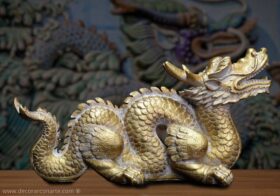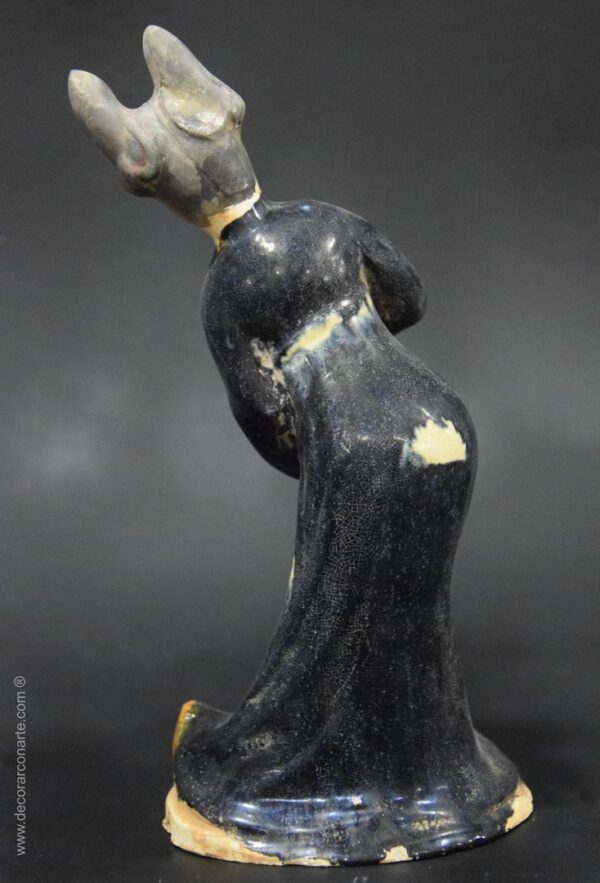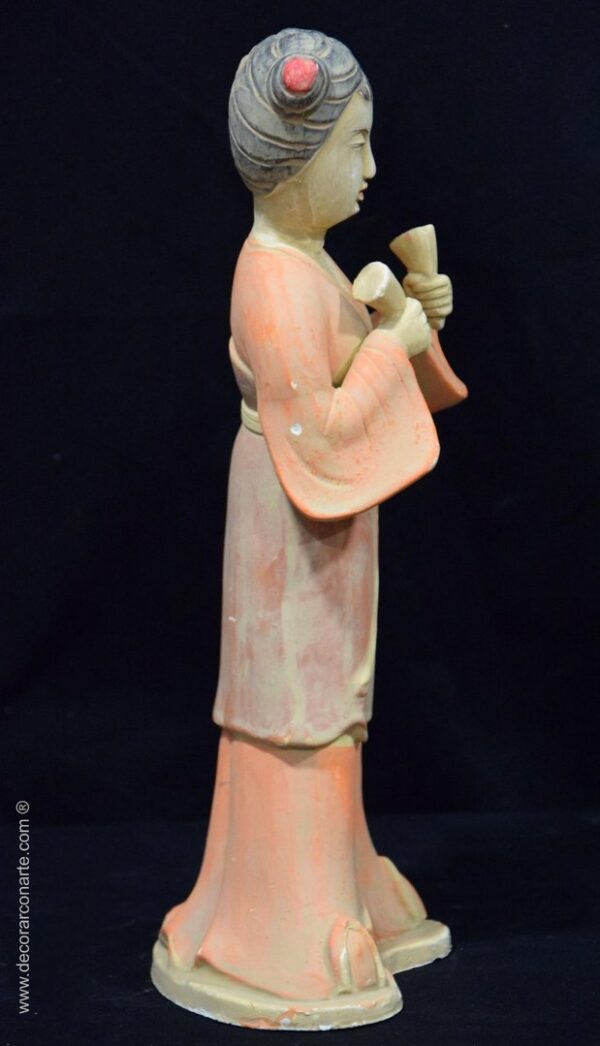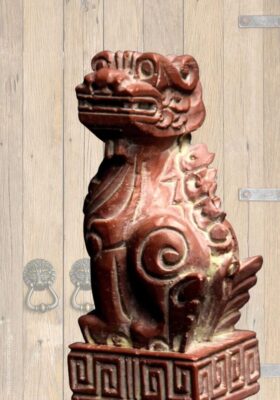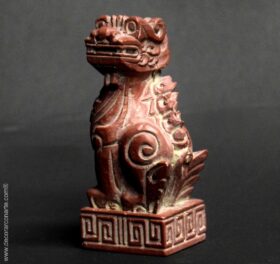CHINA AND JAPAN- Reproductions of art museums
CHINA AND JAPAN- Reproductions of art museums
“Transmit culture to the whole world, without distinction of race or category”.
(Analects of Confucius)
The art of China seems to try to attract forces, geniuses, ideas of beings from the underworld and overworld. And one of the main characteristics of Japanese art is its eclecticism, stemming from the diverse peoples and cultures that have arrived on its shores over the ages.
In its artistic expressions, forms, materials and arrangement, it seems as if they all obey a ritual that represents the laws of the universe and the Ying and Yang energies that give rise to rhythm and set the Ch’i in motion, traversing the ceaseless flow of the Tao.
Japanese art is a reflection of different cultures and traditions; foreign influence has given rise to an eclectic art that is open to innovation, interpreting in its own way the artistic styles imported from other countries, which they take on according to their concept of life and art, reinterpreting and simplifying their peculiar characteristics, such as the elaborate Chinese Buddhist temples, which in Japan underwent a process of reduction of their superfluous and decorative elements. This shows the syncretic character of Japanese art, which is why it has always accepted any innovation from other countries as a matter of course.
In Chinese art, the most frequently used materials are ceramics, porcelain, bronze, jade, lacquer, ivory and silk.
Chinese porcelain is famous for being one of the Chinese discoveries, a stronghold of guild secrets and a symbol of Chinese art. The porcelain capital was (and still is today) King Te Chen.
Its bronze representations tell us about the magical tradition related to the foundry. The mythical story tells of Yü the Great, (founder of the semi-mythical Hsia dynasty) as a metal caster. Thanks to the magical power of his nine tripod cauldrons he was able to defeat his enemies, the Fang Fong. Huang Ti, the mythical civilising emperor, after building one of these cauldrons, was able to ascend to Heaven.
Among the most valuable bronze pieces are undoubtedly the ritual vessels made during the Shang dynasty, used for funerary and religious purposes. Their strength and elegance are unsurpassed.
As for ivory, there are marvellous scenes and landscapes that can be seen carved in this unique material, of special importance and elaboration are the so-called “balls of patience”. These consist of a ball of ivory that begins to be carved with a series of scenes and filigree openwork, until it reaches a second spherical core from which the first work is detached, leaving another sphere inside that is perfectly polished and free from the previous one, to be worked again through the holes in the first one. Pieces of this type have been found that reproduced this scheme up to seven times, that is, seven hollow spheres, concentric and free one inside the other and all perfectly carved.
Jade is one of the fundamental materials in Chinese art. A stone with yang energetic characteristics, it was said that when examined in the light it should give off sparkles similar to those of the sun at sunrise on the horizon. For all these reasons, it is immediately related to the emperor (and power in general) and to the dragon (its associated symbol).
Meanings of some symbols
The willow tree: symbol of renewal and spring. A willow staff was given as a gift to a lawyer leaving for a new post.
The so-called “three friends”: these are the three friends of winter: the bamboo, the pine tree and the plum tree. The latter is included in the group because its first, very early blossoms appear before the winter is completely gone and are often surprised by snow. It is a symbol of the yang energy which, penetrating the empire of yin, is able to mobilise winter into spring.
The carp: symbol of the effort of the soul in its struggle against the easy, inert and passive, just as the carp struggles against the current of the Yellow River, carrying its seed of life.
The dragon: symbol of the forces of Nature and the genii that govern them, of the currents of celestial and telluric, subterranean or fluvial energies. Symbol also of the four directions and of the emperor-centre of the Empire.
The “veins of the dragon” furrow the surface of the earth and it is necessary that they are not injured by human action; the geomancers will have to dictate where the earth should not be drilled or where buildings should not be erected.
Showing all 11 results
-
Figure of Bodhidharma. 32 cm.
320€ Add to basket -
Chinese dragon figure. 73 x 38 cm.
187€ Add to basket -
Bas-relief. Peacock. 48 x 99 x 3 cm.
797€ Add to basket -
Bas-relief painting. Herons. 101 x 94 cm.
2.022€ Add to basket -
Bas-relief. Chinese Dragon. 117 x 90 x 5...
1.573€ Add to basket -
Figure of Confucius. 22 cm
177€ Add to basket -
Harpist. Chinese terracotta. 36 cm.
154€ Read more -
Sale!
Female. Chinese terracotta. Height: 28 cm
Original price was: 101€.92€Current price is: 92€. Add to basket -
Frau. Chinesische Terrakotta. Height: 36 cm
154€ Read more -
Pair of tusks. Chinese carving. 52 cm.
278€ Add to basket -
Fu Dog Chinese Stamp. 4x3x9cm
96€ Add to basket



